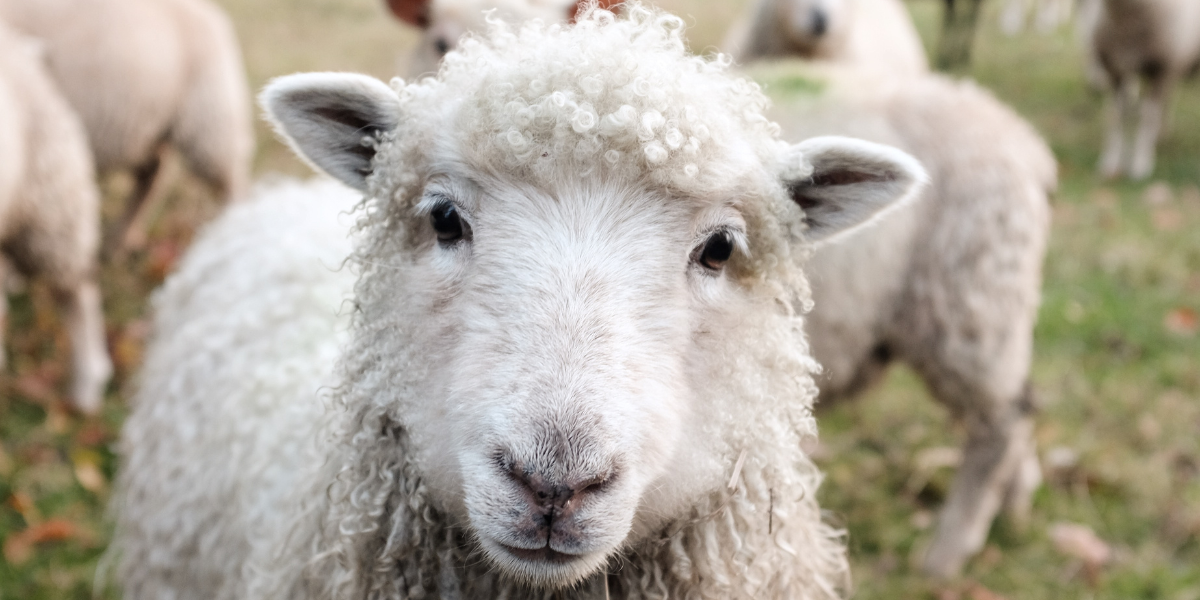Discover the Five Freedoms of Animals

Despite the efforts of programs and certifications focused on the welfare of farm animals, it hasn’t always been clear what best practices ensure their freedoms and quality of life.
While it’s well known that animals feel pain, pleasure, and happiness, it’s harder to recognize when they are irritated, stressed, or depressed—or to understand what bothers them. This lack of knowledge affects how we improve their living conditions and protect them from threats to their well-being.
The concept of animal freedoms gained traction in the 1960s, evolving into practical measures and guidelines that inform the proper rearing and management of different species monitored by certification programs.
In recent years, awareness about animal welfare has grown significantly, reflected in striking data. According to a recent Open Wing Alliance report, 89% of commitments to cage-free eggs with deadlines in 2023 or earlier have been fulfilled. This has freed hundreds of millions of hens from cruel confinement. However, despite this progress, approximately 4 billion hens remain in cages, where their inability to express natural behaviors compromises their physical and mental health.
In this article, explore the five basic freedoms of animals and how welfare certification ensures these practices are upheld by producers.
The Origins of the Five Freedoms of Animals
The discussion around animal freedoms gained prominence when governments, businesses, and consumers began addressing the topic in the 1960s in Europe, particularly in England, where the concept originated.
In 1964, British journalist and veterinarian Ruth Harrison published Animal Machines, which exposed abusive conditions in farming, such as overcrowded poultry farms, cruel cattle slaughter practices, and inadequate nursing spaces for pigs.
For the first time, the English public was confronted with the harsh realities of animal farming behind the food on their tables.
The publication shocked public opinion, prompting the British government to form a committee led by researcher Francis Brambell, a prominent figure in animal health and immunology.
A 1965 report from the committee revealed that many animals in England were kept in spaces unsuitable for basic natural behaviors. This report coined the term and principles that became known as the Five Freedoms of Animals.
Five Guidelines to Ensure Animal Freedoms
The findings of the 1965 report led to the establishment of the Farm Animal Welfare Council in 1979. This body created a document outlining principles that continue to guide best practices in animal welfare and related legislation.
This document is akin to a declaration of animal rights, listing the Five Freedoms of Animals:
- Freedom from hunger and thirst: Animals should have access to adequate water and food to maintain health and vitality.
- Freedom from discomfort: Animals must live in environments appropriate to their species, providing proper shelter and resting areas.
- Freedom from pain, injury, and disease: Caregivers must ensure prevention, prompt diagnosis, and appropriate treatment.
- Freedom to express natural behaviors: Animals should have the space, facilities, and social interactions necessary to express their natural behaviors.
- Freedom from fear and distress: Animals should not be subjected to conditions that cause mental suffering, such as fear or stress.
Best Practices in Animal Welfare for Different Species
To ensure that various species are treated according to welfare guidelines reflecting their natural behaviors, producers must align their practices with scientific, technical, and practical recommendations.
Respecting and caring for animals reduces production costs, meets consumer demands for animal-friendly practices, enhances productivity, and ensures high-quality end products.
Welfare for Chickens
Proper handling and care in chicken farming are essential to ensure their welfare. Confinement prevents natural behaviors, while stress and fear weaken their physical resistance to diseases. Adopting cage-free systems is critical for their well-being.
Welfare for Cows
For dairy cows, safe facilities are necessary to prevent injuries, infections, and stress. Proper nutrition, clean environments, and sufficient space ensure they can express natural behaviors and remain healthy.
Welfare for Pigs
Pigs thrive in environments designed to meet their needs. Adequate space, safe infrastructure, and comfortable resting areas prevent injuries, stress, and behavioral issues. Proper ventilation and temperature control are also critical for their health.
Why Certification Matters for Animal Welfare
Animal welfare certification programs ensure farms, factories, and companies in the food chain comply with standards for species management and invest in research and education. These certifications guarantee that products meet stringent welfare standards, ensuring animals are treated humanely and that end products are safe and cruelty-free.
Elevated animal welfare standards result in higher product quality, reduced mortality, increased resistance to diseases, and fewer zoonotic risks.
Curious about how certification processes add value, differentiate products, and open new markets? Read more to find out!
Published on June 11, 2025



